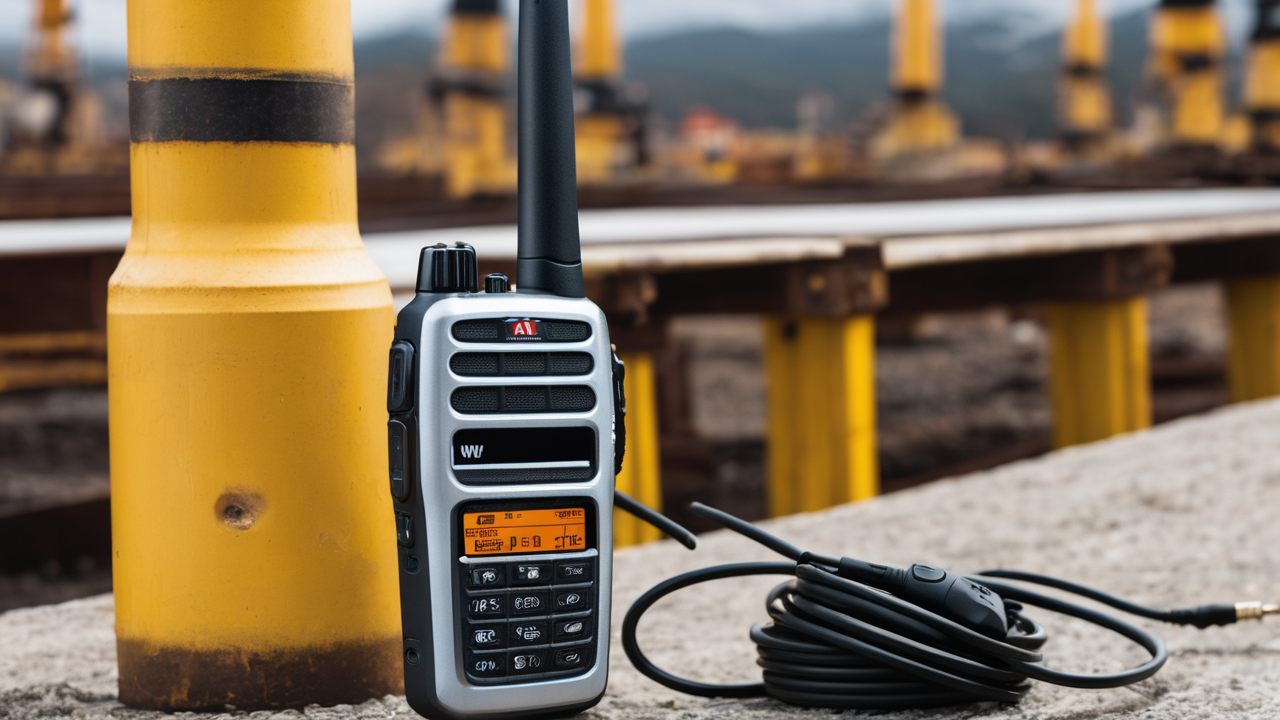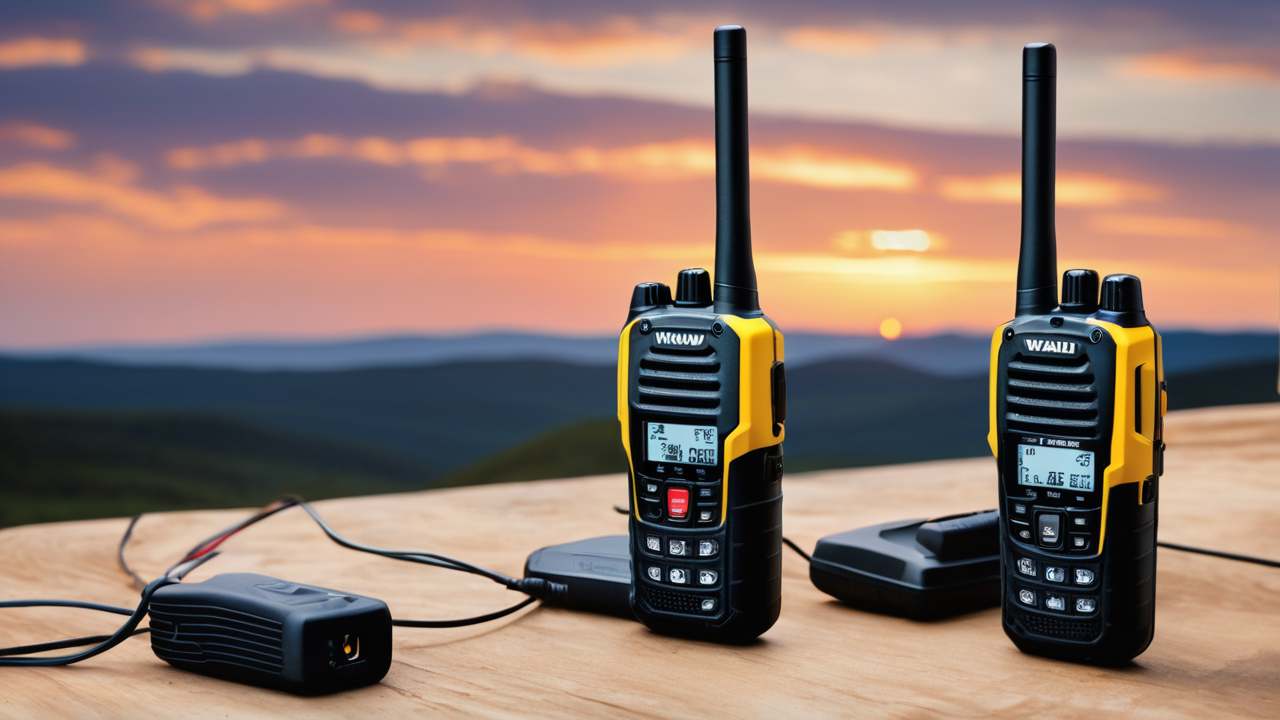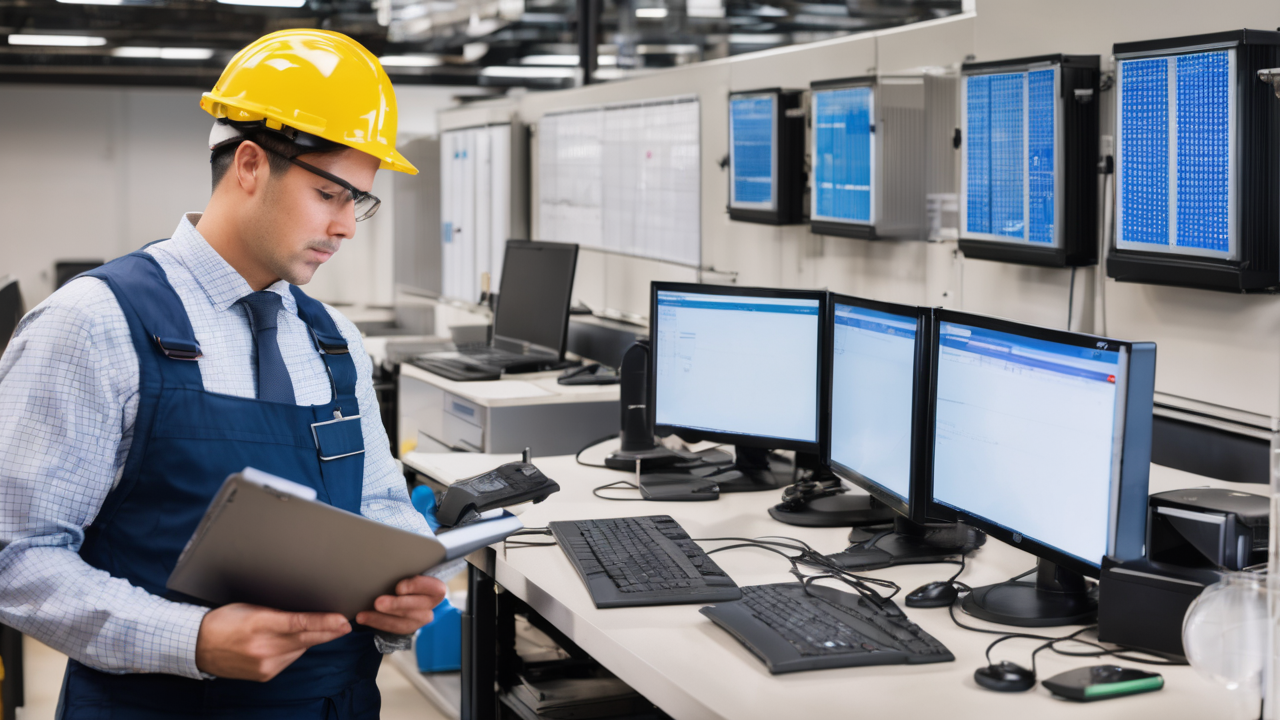The Battle of Communication: Understanding the Differences
Walkie-Talkies: The Basics of Operation and Design
Walkie-talkies are portable communication devices that use radio waves. They are simple to use and come in various sizes. Most have a push-to-talk button and a speaker. Walkie-talkies operate on specific frequencies, allowing users to communicate over short distances. They are popular for personal and light professional use. The design is often rugged to withstand outdoor conditions. Battery life can vary, but most last several hours on a single charge. Some models offer features like weather alerts and multiple channels.

Two-Way Radios: A Technical Overview
Two-way radios are more advanced than walkie-talkies. They offer longer range and clearer audio quality. These devices use different frequency bands, including VHF and UHF. Two-way radios often have more features, such as GPS tracking and emergency alerts. They can be handheld or vehicle-mounted. Many models are compatible with repeaters to extend range. Two-way radios are common in industries like security, construction, and emergency services. They often have stronger build quality and better water resistance than walkie-talkies.
Comparing Features: A Side-by-Side Analysis
When comparing walkie-talkies and two-way radios, several factors come into play:
- Range: Two-way radios typically offer greater range
- Audio Quality: Two-way radios usually provide clearer communication
- Durability: Both can be rugged, but two-way radios often have higher standards
- Features: Two-way radios generally offer more advanced features
- Battery Life: Varies by model, but two-way radios often last longer
- Cost: Walkie-talkies are usually less expensive
- Ease of Use: Walkie-talkies are simpler to operate
- Licensing: Two-way radios may require FCC licensing
Choose based on your specific needs and budget.
Selecting the Right Communication Tool for Your Business
Assessing the Needs of Your Organization
To choose between walkie-talkies and two-way radios, consider your organization's needs:

- Communication Range: How far apart are your team members?
- Environment: Are you working indoors, outdoors, or both?
- Team Size: How many people need to communicate at once?
- Features: Do you need advanced functions like GPS or emergency alerts?
- Budget: What can your organization afford?
- Regulations: Are there any industry-specific communication rules?
Assess these factors to determine which device best suits your business.
The Role of Reliability and Durability in Professional Devices
In professional settings, reliability and durability are crucial for communication devices. Both walkie-talkies and two-way radios can be built to withstand harsh conditions. Look for features like water resistance, shock resistance, and dust protection. Consider the IP rating, which indicates protection levels. Reliability also means consistent performance. Check battery life and signal strength in various conditions. Durable devices may cost more upfront but can save money in the long run. They require less frequent replacement and reduce downtime.
Evaluating Cost vs. Quality: A Financial Perspective
When comparing walkie-talkies and two-way radios, consider both initial and long-term costs:
- Purchase Price: Walkie-talkies are generally cheaper
- Maintenance Costs: Two-way radios may need more specialized maintenance
- Lifespan: Higher quality devices often last longer
- Replacement Costs: Consider how often devices need to be replaced
- Training Costs: More complex systems may require more training
- Productivity Gains: Better communication can increase efficiency
Balance these factors against the quality and features you need. Sometimes, investing in higher-quality two-way radios can be more cost-effective over time.
Best Practices for Using Walkie-Talkies and Two-Way Radios in the Workplace
Training Employees for Efficient Use
Proper training is key to getting the most out of your communication devices. Start with basic operation:

- Turning devices on and off
- Adjusting volume
- Changing channels or frequencies
- Using push-to-talk buttons
Teach employees about battery management and charging procedures. Cover more advanced features if applicable. Practice clear communication techniques:
- Speaking clearly and concisely
- Using agreed-upon codes or terms
- Confirming receipt of important messages
Regular refresher training can help maintain good habits and introduce new features.
Implementing Communication Protocols
Establish clear protocols for using walkie-talkies or two-way radios in your workplace:
- Define channel assignments for different teams or purposes
- Set rules for when and how to use the devices
- Create emergency communication procedures
- Establish a chain of command for communication
- Decide on standard phrases or codes for common situations
- Set guidelines for personal use, if allowed
Write these protocols in a manual and make sure all users have access to it. Review and update protocols regularly to ensure they meet current needs.
Maintaining and Updating Your Communication Technology
Regular maintenance keeps your devices working well:
- Clean devices regularly, especially after use in dusty or wet conditions
- Check and replace batteries as needed
- Inspect antennas and other external parts for damage
- Test devices periodically to ensure they're working correctly
- Keep spare parts or backup devices on hand
Stay informed about software updates for digital devices. Plan for technology upgrades:
- Assess your needs annually
- Research new features and improvements in the market
- Budget for replacements or upgrades
- Consider phased upgrades to manage costs
By maintaining and updating your communication technology, you ensure reliable performance and stay current with industry standards.





